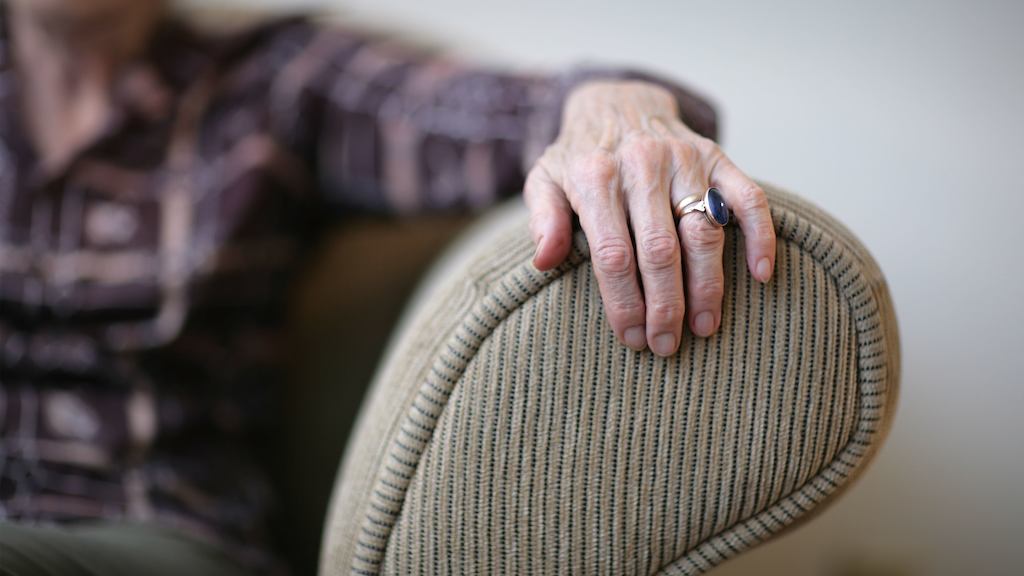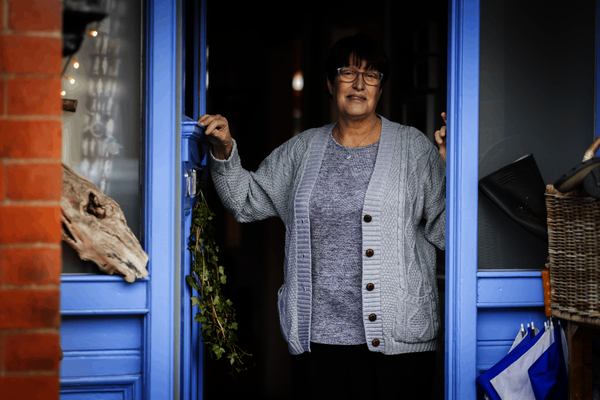The neighbourhoods we live in and our connectivity to others are as important as our homes when it comes to quality of life in later life. There is good evidence about the positive association between neighbourhoods; health and wellbeing. An age-friendly neighbourhood can provide us with opportunities to exercise, socialise and have contact with nature.
Some of the important things which can enable us all to continue to see our friends and family and do the things we enjoy in later life, are at the less glamourous end of public policy. Such as maintaining the built environment –uneven pavements are a common cause of falls in later life; and a lack of seating or public toilets can be barriers to getting out and about.


